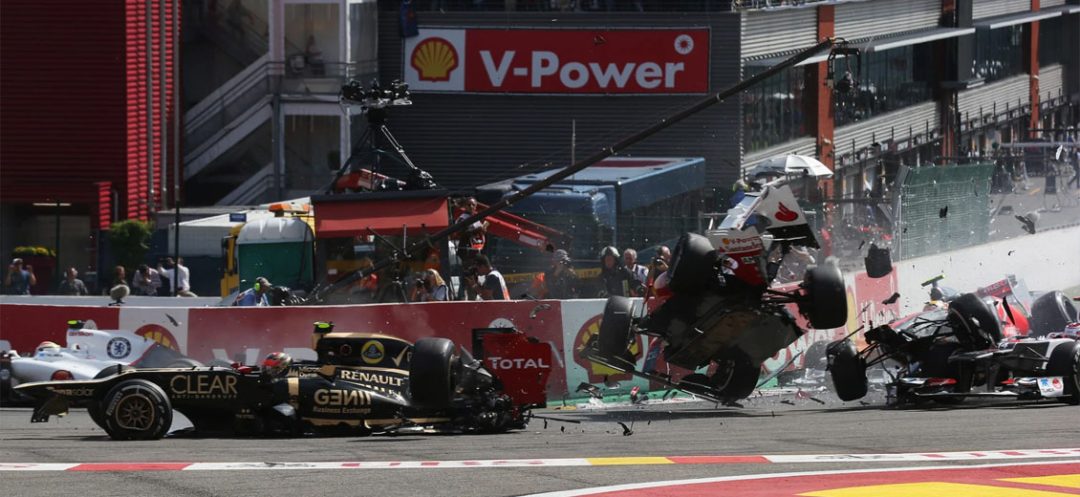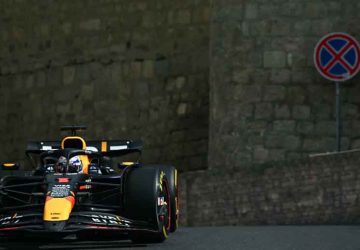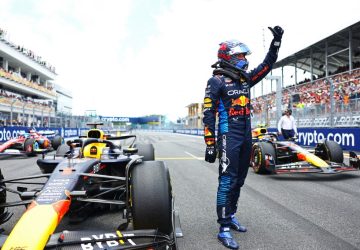Formula 1, emblematic sport of speed and competition, is also the scene of dramatic accidents which, although they don’t happen at every race, leave a lasting impression and add a captivating dimension to the spectacle. These tragic events reveal not only the perilous nature of the sport, but also its evolution in terms of safety.
Accidents: A Mirror of the Times
Accidents in F1 are often the result of human or mechanical error, but they can also be pivotal and sometimes intentional. Nicholas Latifi’s accident during the last race of the 2021 season is a striking example of a decisive crash. His exit allowed Max Verstappen to overtake Lewis Hamilton thanks to the intervention of the safety car, thus changing the course of the championship.
Another notable incident was Michael Schumacher’s controversial accident in 1994, when he crashed into Damon Hill to secure the title. Not only did this cost Hill the championship, it also left an indelible mark on F1 accident history.
The Evolution of Safety Standards
Safety in Formula 1 has undergone a radical transformation over the decades. A total of 38 drivers lost their lives in accidents, mainly in the 1950s and 1960s, a time when driver protection was neglected.
Helmets were rare in those days, and seat belts weren’t compulsory until 1972.
Niki Lauda even declared that there was a 20% risk of death every time he got into his car. This led to a major turning point after the death of Ayrton Senna in 1994, prompting the FIA to tighten safety standards with improved barriers and redesigned circuits.
The introduction of the HANS (Head and Neck Support) system was also crucial in protecting drivers. This equipment has saved lives, including that of Jos Verstappen in a serious accident.
The tragic death of Jules Bianchi in 2015 led to the introduction of the halo, a protective structure that proved its effectiveness by saving Lewis Hamilton in a collision at the Italian Grand Prix in 2021. Today, F1 is considered one of the safest motorsports in the world.
Drama on the Track: A Captivating Spectacle
Accidents always capture the public’s attention. F1 exploits this fascination with drama by showcasing spectacular moments in its promotions. Incidents like that of Romain Grosjean, who survived a hellish crash in Bahrain, illustrate just how dangerous and fascinating the sport can be.
Although accidents are more frequent today, thanks to stricter safety standards, serious injuries have become rare.
Drivers take more risks on the track, motivated by an unwavering passion for competition. As Ayrton Senna once said, “If you no longer go for a gap that exists, you are no longer a racing driver.”
The Economic Impact of Accidents
In 2023, accident-related costs reached $40 million for the teams. With a budget ceiling of $135 million per team, each incident can have significant financial consequences. Mechanical parts are extremely expensive, ranging from $20,000 to several million dollars.
Accidents are therefore intrinsic to the very essence of Formula 1, bringing drama and controversy while underlining the importance of increased safety. While these tragedies have led to necessary changes in safety rules, it is regrettable that they have often been triggered by human loss.
Today, with faster, more powerful cars racing on urban circuits such as Monaco or Baku, the priority remains safety. Thanks to technological advances and strict standards, drivers can now compete with greater confidence while engaging in a fierce battle on the track.





